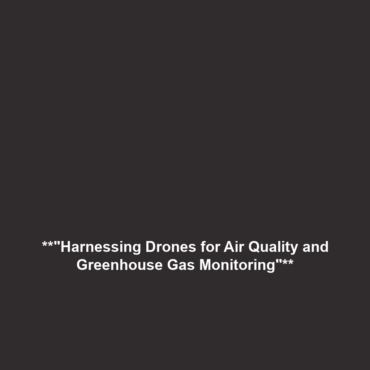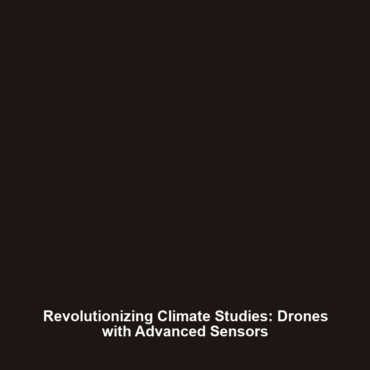Proxima Centauri b: A Potentially Habitable Planet Orbiting Our Closest Stellar Neighbor
Proxima Centauri b is a remarkable exoplanet that orbits Proxima Centauri, the closest star to our solar system, located approximately 4.24 light-years away. As an intriguing candidate for habitability, it has captured the attention of astronomers and astrobiologists, leading to significant discussions about its potential to host life. This article explores Proxima Centauri b’s attributes, significance within exoplanet research, and the ongoing quest for extraterrestrial life. Through an in-depth analysis, we will examine how this planet fits into the fascinating category of exoplanets.
Key Concepts
Proxima Centauri b represents one of the most significant discoveries in the realm of exoplanets due to its location within the habitable zone—an area around a star where conditions may be right for liquid water to exist on a planet’s surface. Here are some key concepts associated with this exoplanet:
- Star Type: Proxima Centauri is a red dwarf star, which influences the environmental conditions of its orbiting planets.
- Orbital Characteristics: Proxima Centauri b completes an orbit around its star every 11.2 Earth days, placing it in the potentially habitable zone.
- Atmospheric Conditions: The potential for an atmosphere remains a subject of study; a stable atmosphere could support life as we know it.
Applications and Real-World Uses
The exploration of Proxima Centauri b paves the way for various applications within the field of exoplanets. Key uses include:
- Astrobiology: Research on Proxima Centauri b contributes to our understanding of life potential beyond Earth, informing astrobiological studies.
- Planetary Modeling: By studying this exoplanet’s conditions, scientists can refine models of planetary habitability.
- Space Exploration Planning: Proxima Centauri b serves as a target for future interstellar missions, guiding technological advancements in space travel.
Current Challenges
Despite the excitement surrounding Proxima Centauri b, several challenges persist in studying this exoplanet:
- Detection of atmospheric components has proven difficult due to the distance and variability of its host star.
- Understanding the impact of solar flares from Proxima Centauri on the planet’s environment is complex.
- Technological limitations hinder our ability to send probes or conduct direct observations of Proxima Centauri b.
Future Research and Innovations
Upcoming research endeavors promise to unveil the mysteries of Proxima Centauri b:
- Next-Generation Telescopes: Innovations such as the James Webb Space Telescope aim to explore the atmospheres of distant exoplanets, including Proxima Centauri b.
- Interstellar Probes: Projects like Breakthrough Starshot are investigating technologies for sending tiny probes to nearby star systems, including Proxima Centauri.
Conclusion
In conclusion, Proxima Centauri b represents a significant opportunity in the search for potentially habitable exoplanets. Its unique position, stellar characteristics, and ongoing research create a rich field for scientific exploration. As we continue to enhance our technologies and methodologies, the quest for understanding exoplanets like Proxima Centauri b will undoubtedly advance. For further insights into exoplanets and astrobiology, visit our related articles on Astrobiology Challenges and Exoplanet Research Innovations.



